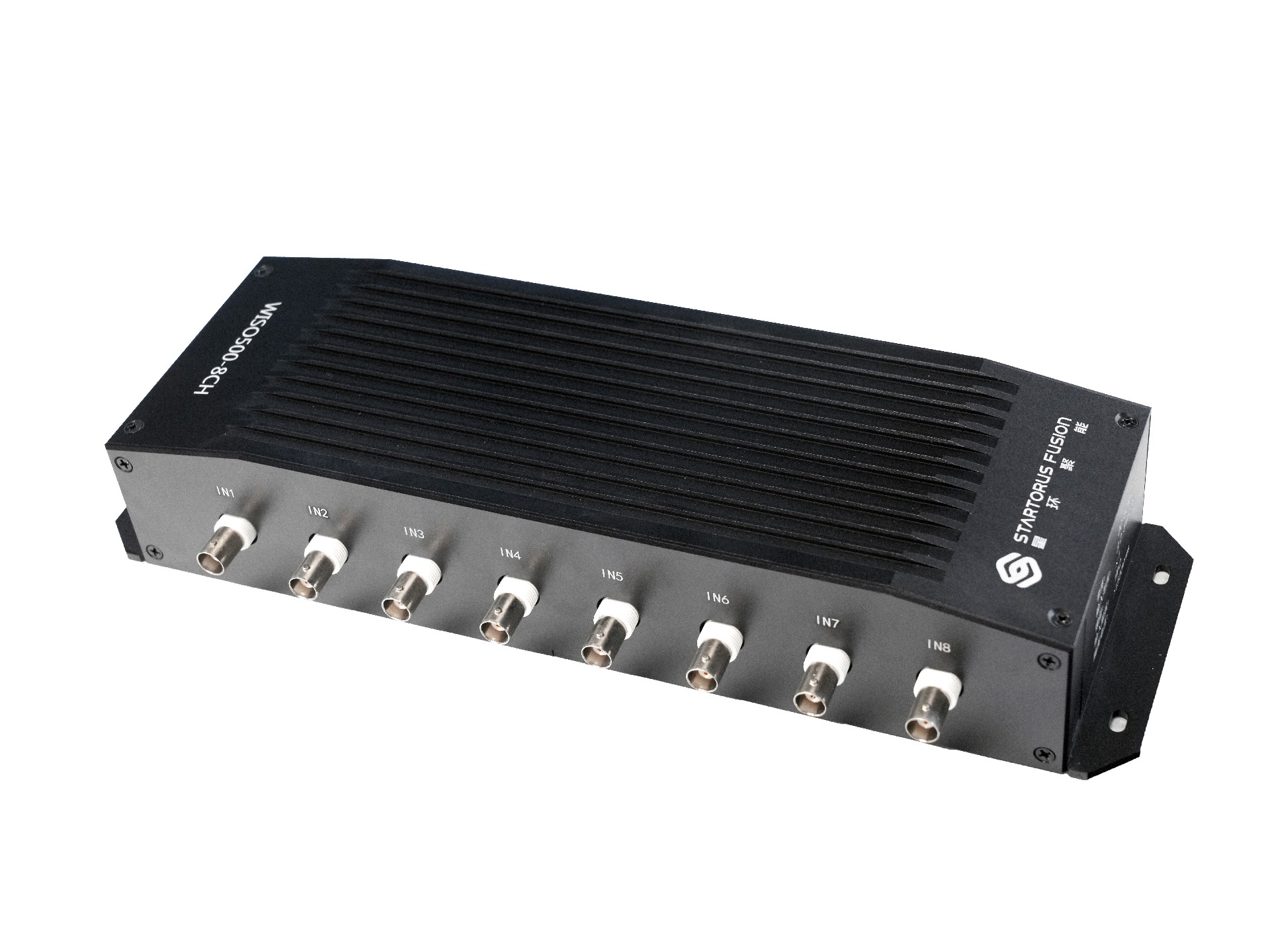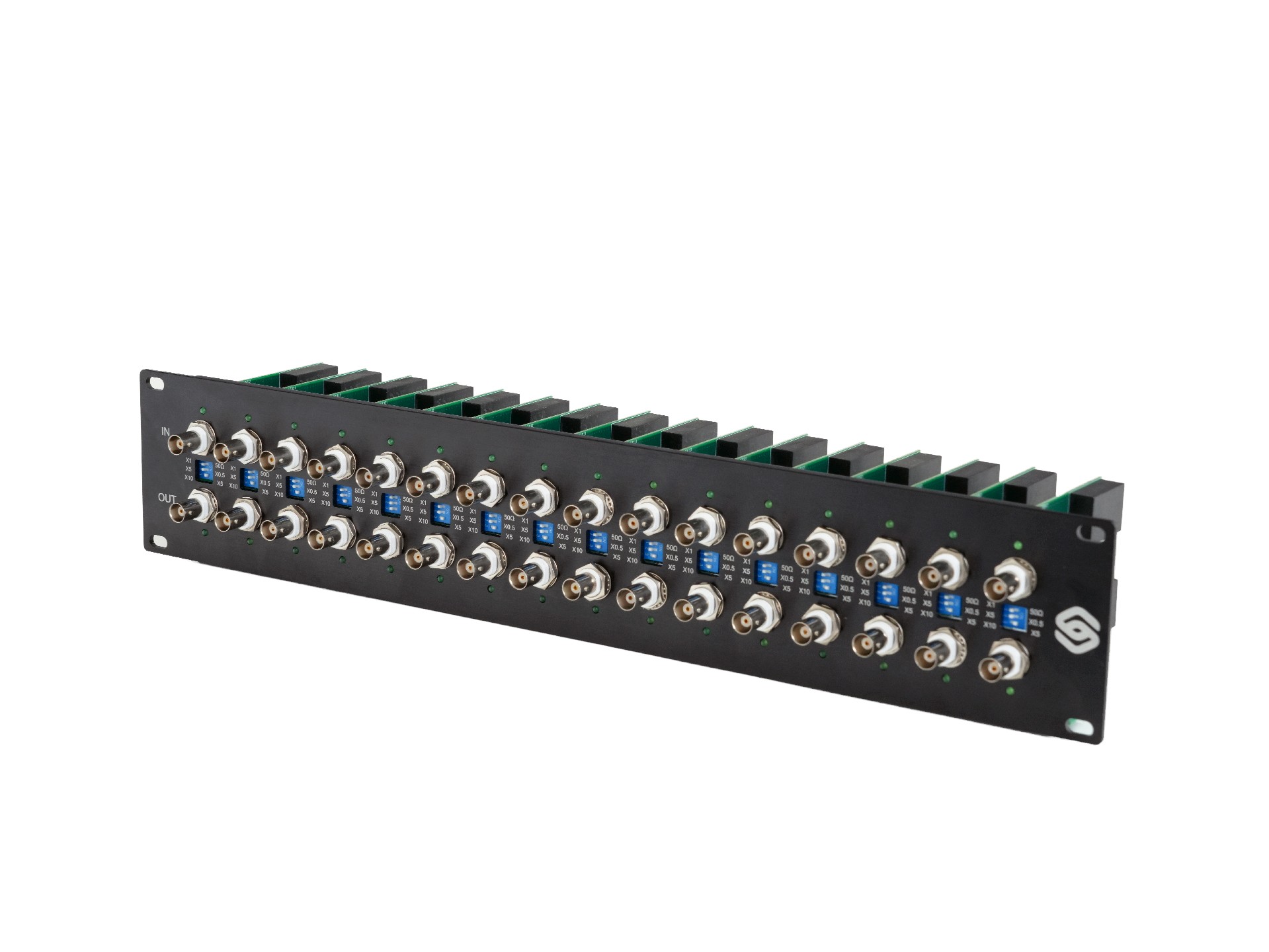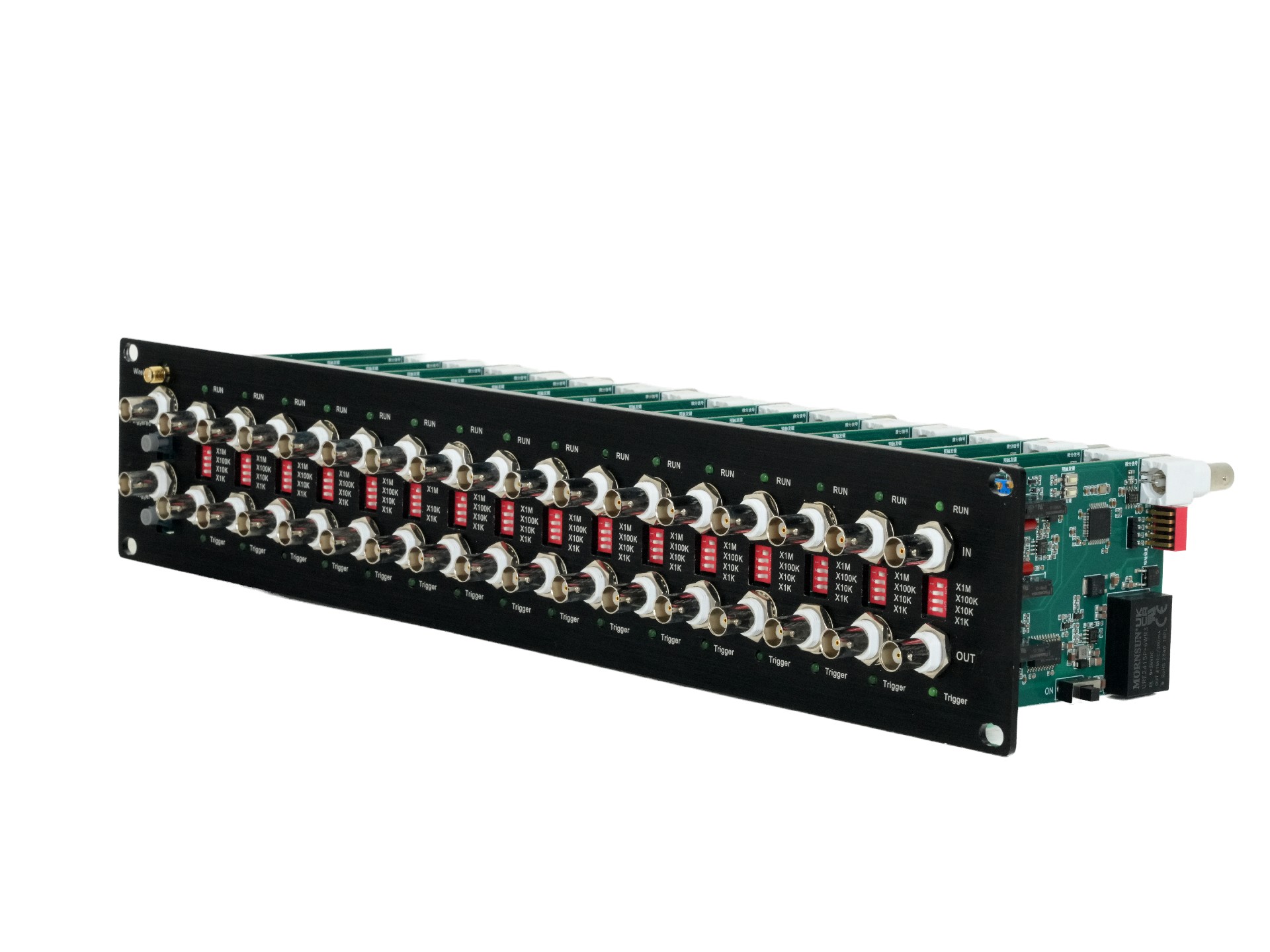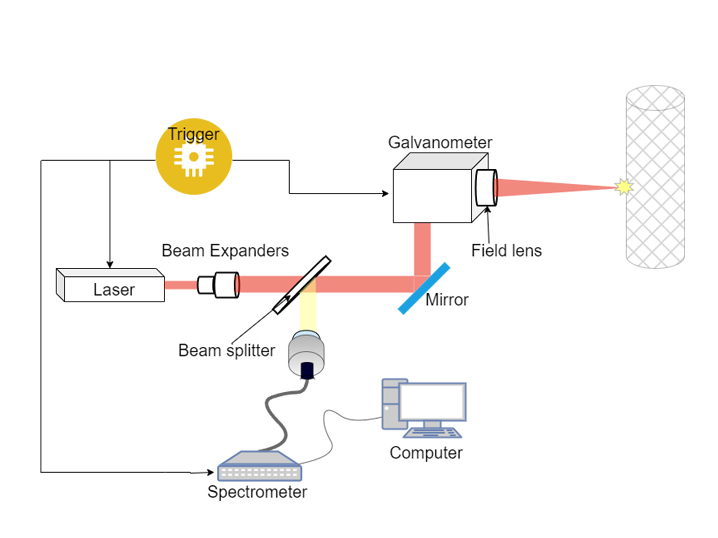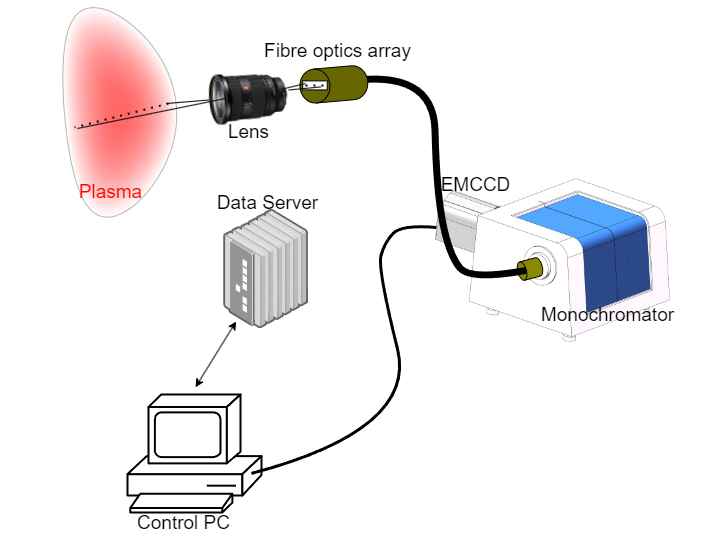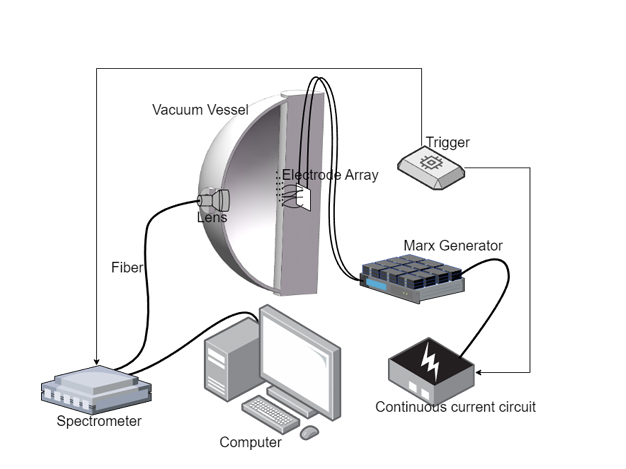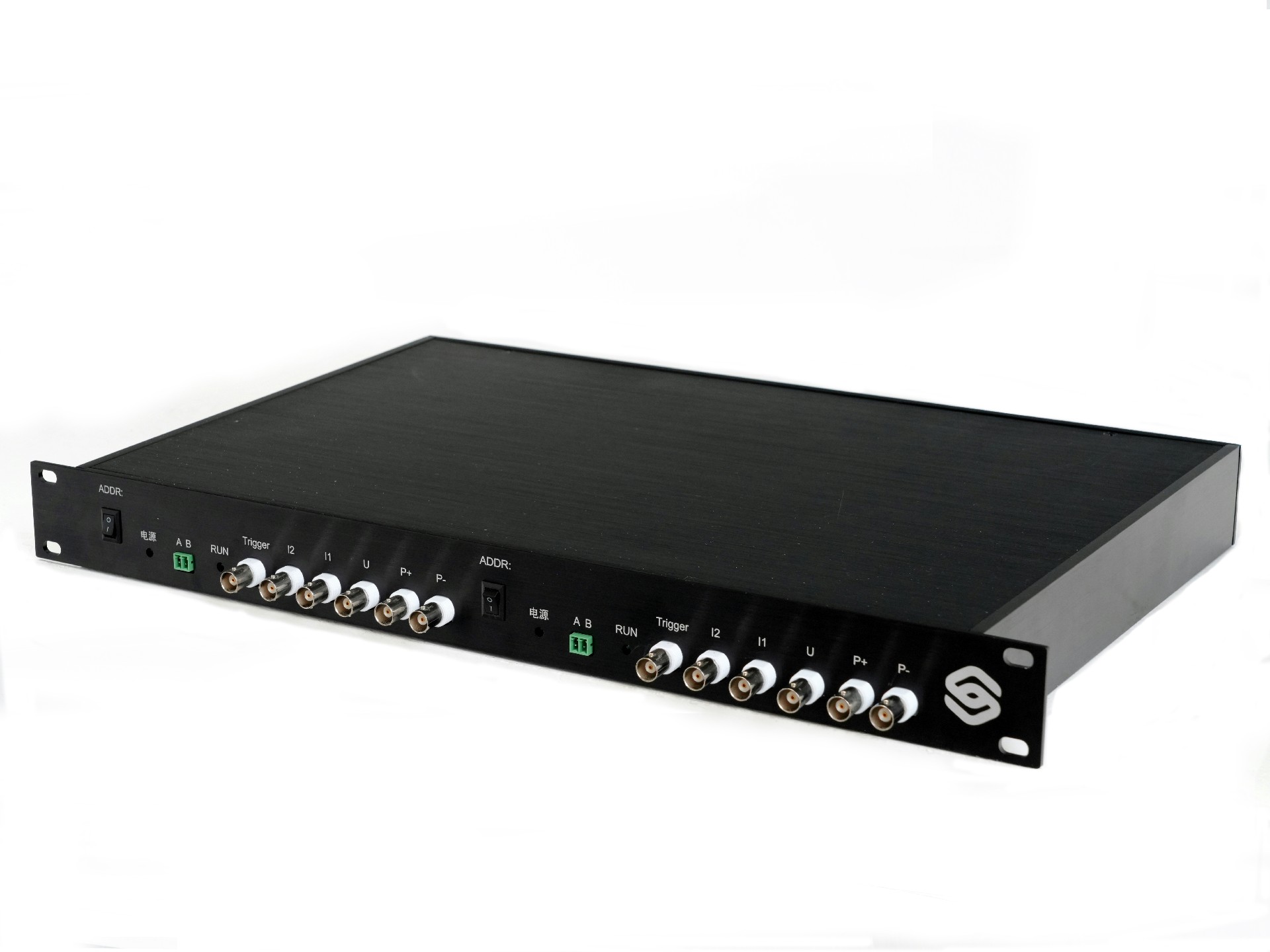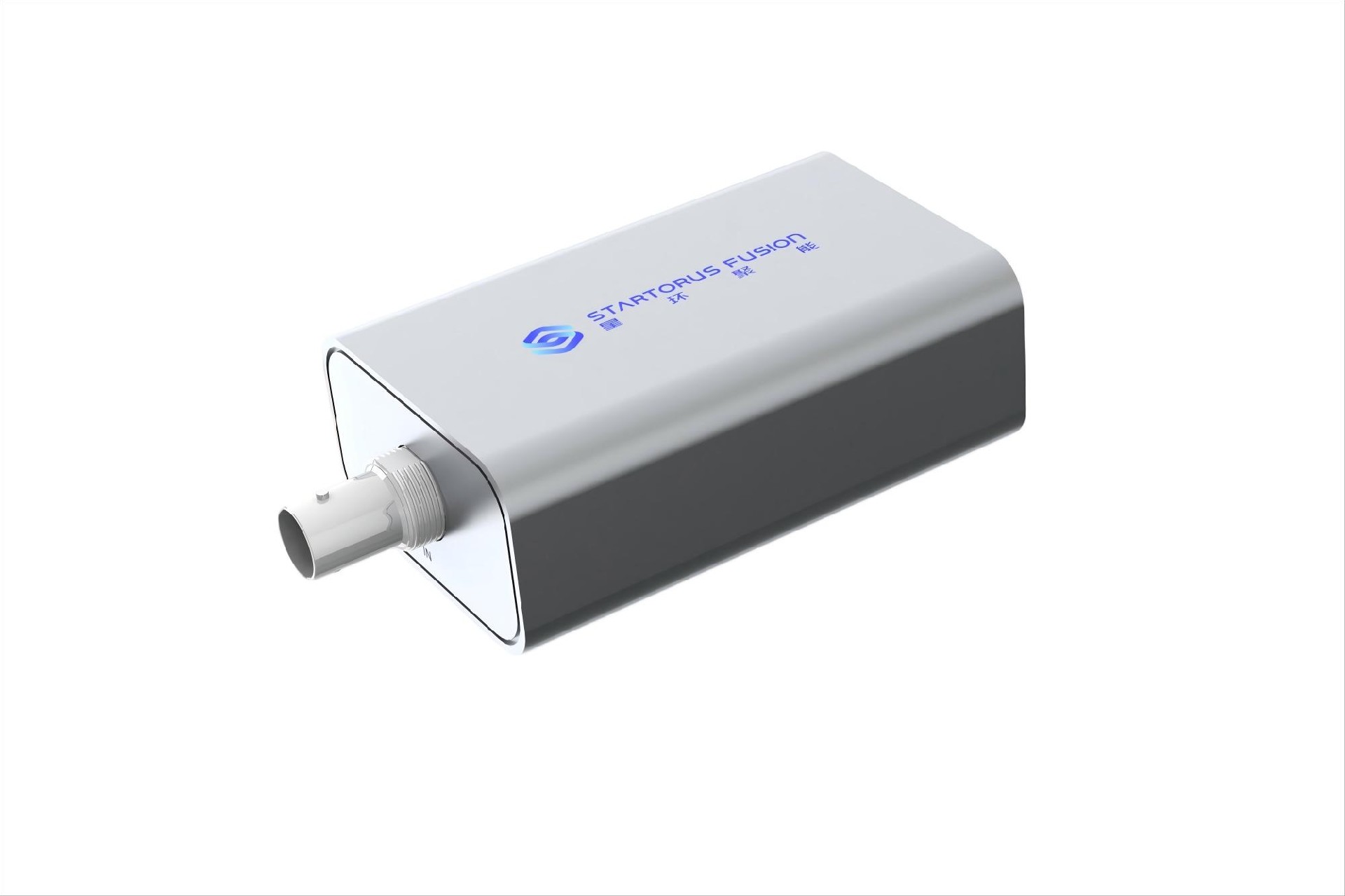
CoaxLink Nano(Nano)
The CoaxLink Nano is a compact, high-speed, precision-synchronized data acquisition device designed to convert analog signals into Ethernet data streams. It combines inherent isolation, high sampling rates, high conversion accuracy, precise synchronization, simplified connectivity, a compact size, robust network communication, and strong expandability and management capabilities. This highly integrated, flexible, and reliable signal acquisition solution is tailored for applications such as nuclear fusion plasma diagnostics, monitoring of fusion devices and high-temperature superconducting magnets, and industrial testing. Equipped with a core sampling rate of 2 MS/s and 16-bit resolution, the device can accurately capture fine details of rapidly changing voltage signals. Its Ethernet interface fully integrates the IEEE-1588 Precision Time Protocol (PTP), enabling multiple devices in distributed systems to achieve microsecond- or even nanosecond-level time synchronization, thus forming a fully synchronized measurement network. Users can flexibly initiate acquisition via precision time-synchronized triggering, making it ideal for complex experimental and industrial environments (with the CoaxLink Pro offering enhanced nanosecond-precision hardware triggering, supporting optocoupler isolation, wireless commands, and isolated 485 commands).The device supports multiple acquisition modes (real-time streaming / fixed-length mode) and data transmission modes (continuous streaming / burst mode), all configurable via software to intelligently adapt to different network conditions and testing requirements. This configurability ensures data integrity while maximizing transmission efficiency. Acquired data can be streamed in real time to a host computer via UDP for monitoring and analysis, or temporarily stored in the local buffer to prevent data loss.
CoaxLink Nano(Nano)
The CoaxLink Nano is a compact, high-speed, precision-synchronized data acquisition device designed to convert analog signals into Ethernet data streams. It combines inherent isolation, high sampling rates, high conversion accuracy, precise synchronization, simplified connectivity, a compact size, robust network communication, and strong expandability and management capabilities. This highly integrated, flexible, and reliable signal acquisition solution is tailored for applications such as nuclear fusion plasma diagnostics, monitoring of fusion devices and high-temperature superconducting magnets, and industrial testing. Equipped with a core sampling rate of 2 MS/s and 16-bit resolution, the device can accurately capture fine details of rapidly changing voltage signals. Its Ethernet interface fully integrates the IEEE-1588 Precision Time Protocol (PTP), enabling multiple devices in distributed systems to achieve microsecond- or even nanosecond-level time synchronization, thus forming a fully synchronized measurement network. Users can flexibly initiate acquisition via precision time-synchronized triggering, making it ideal for complex experimental and industrial environments (with the CoaxLink Pro offering enhanced nanosecond-precision hardware triggering, supporting optocoupler isolation, wireless commands, and isolated 485 commands).The device supports multiple acquisition modes (real-time streaming / fixed-length mode) and data transmission modes (continuous streaming / burst mode), all configurable via software to intelligently adapt to different network conditions and testing requirements. This configurability ensures data integrity while maximizing transmission efficiency. Acquired data can be streamed in real time to a host computer via UDP for monitoring and analysis, or temporarily stored in the local buffer to prevent data loss.


